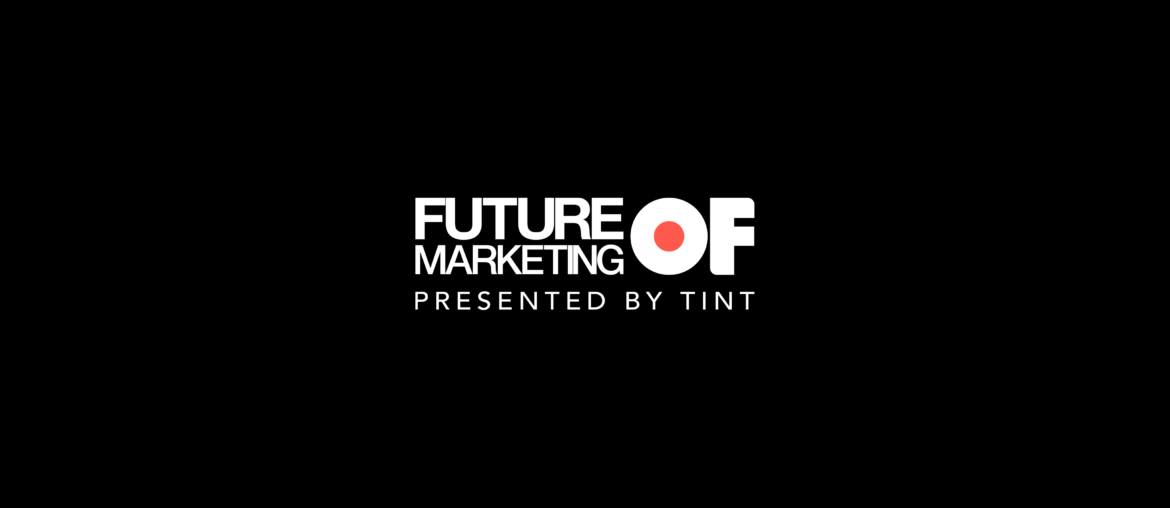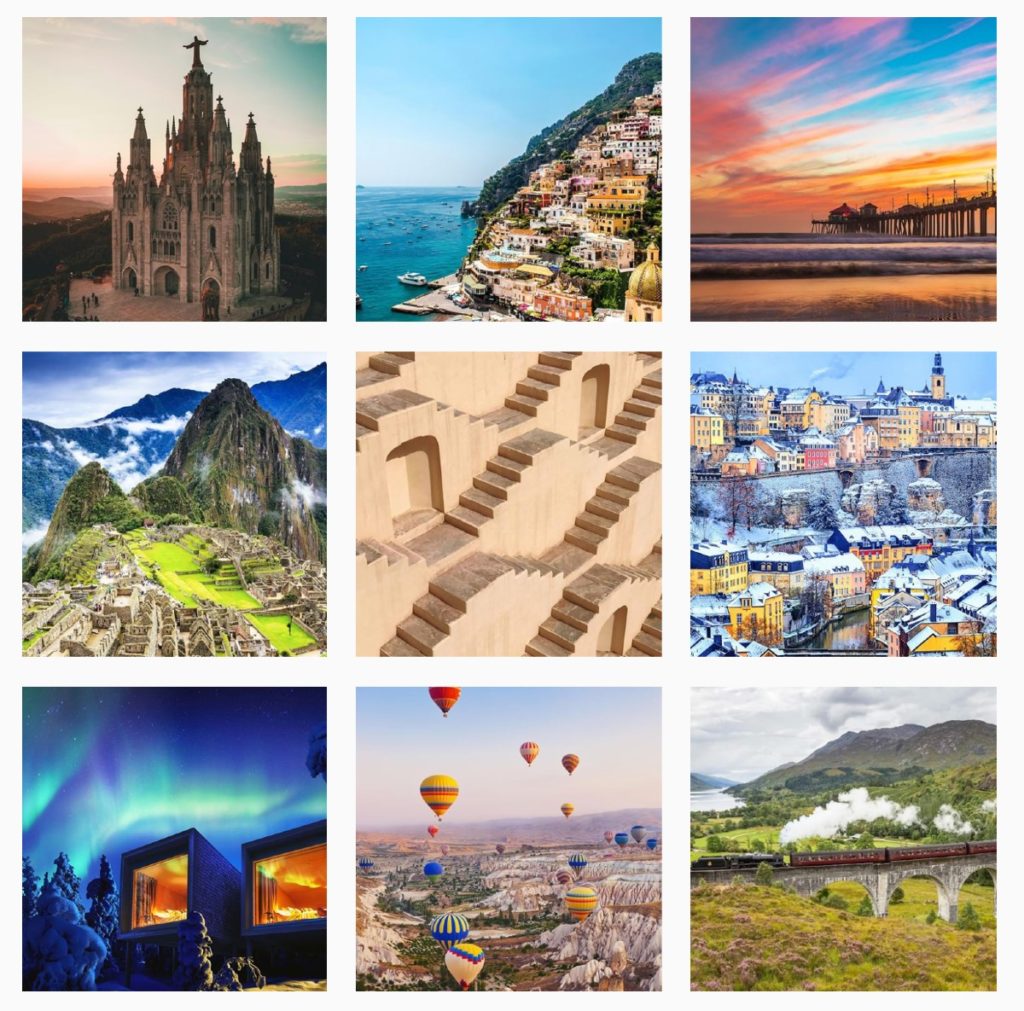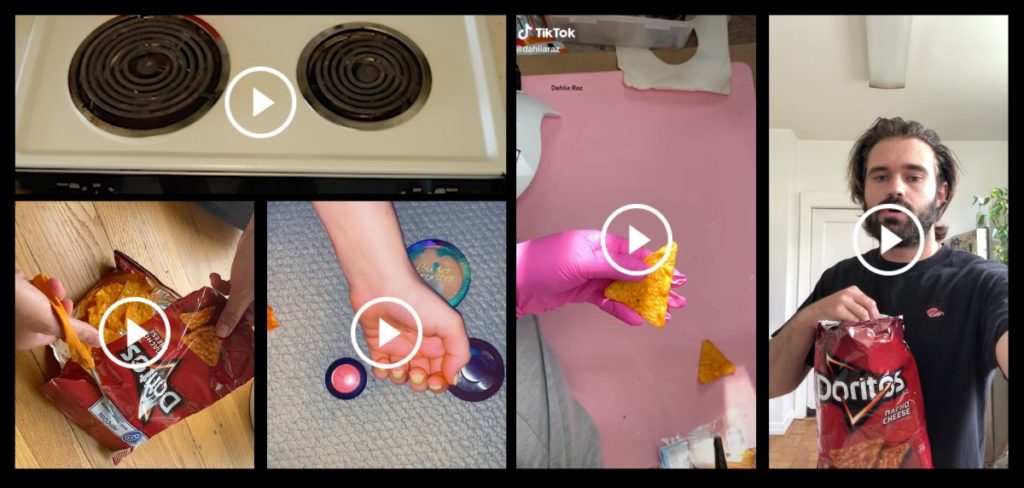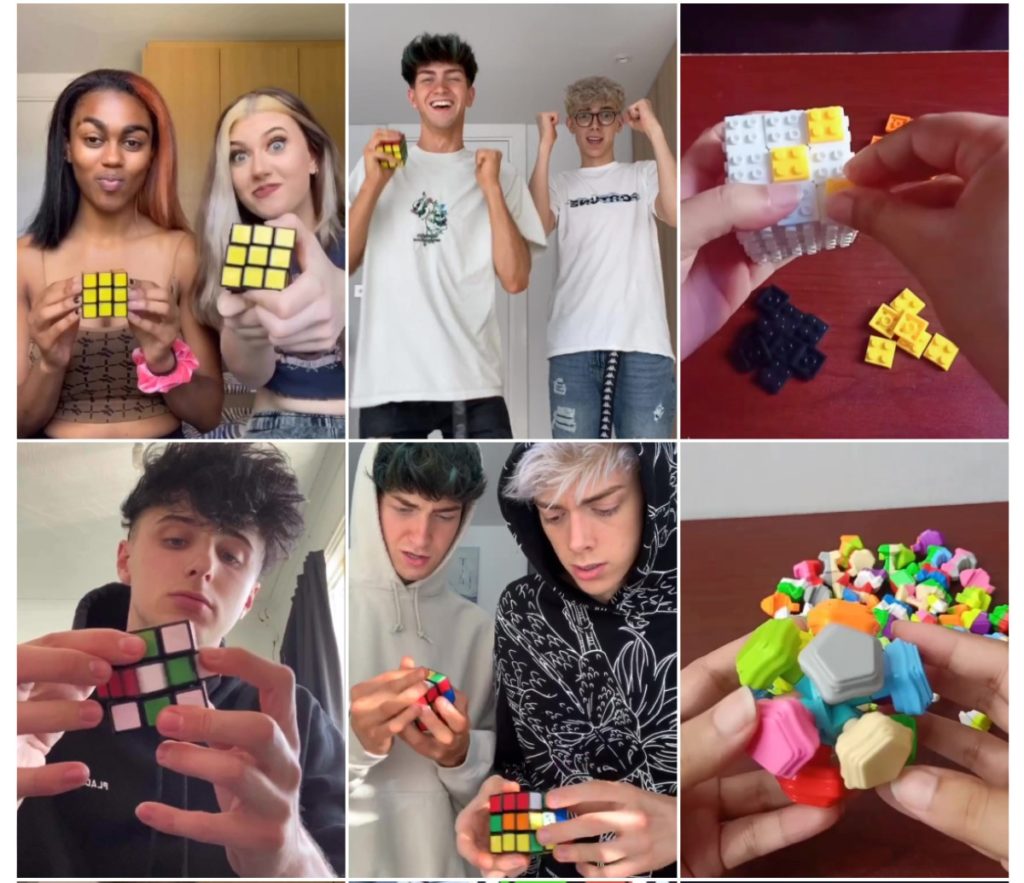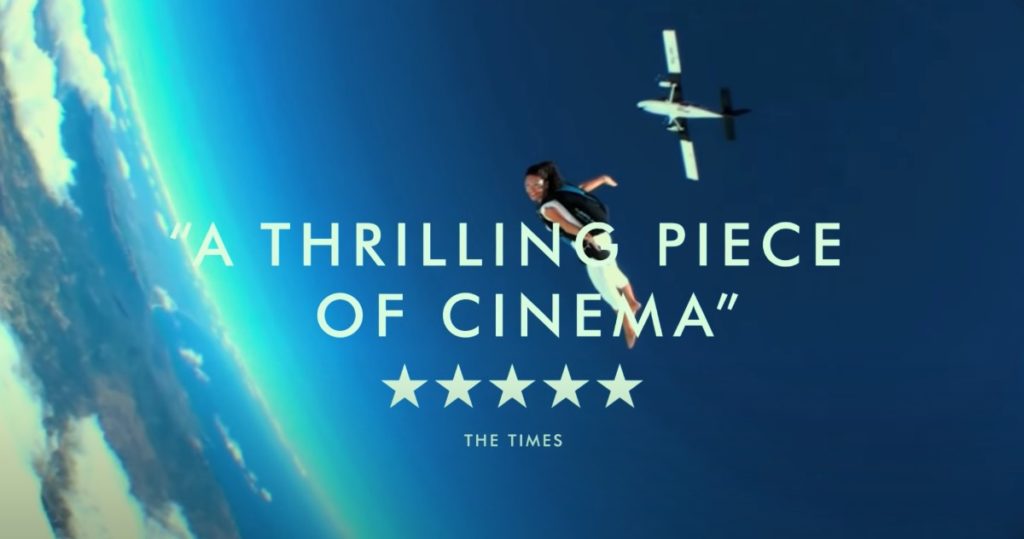This content originally appeared July 23, 2020 as part of the Future of Marketing weekly email series. Subscribe here.
Crafting your story begins by identifying how you want people to feel about your brand and the value they receive from engaging with it.
There is a reason the top 10 most empathetic brands in the Global Empathy Index are among the most profitable and fastest-growing in the globe, where delivering a holistic experience requires collaboration across the organization. In fact, 90 percent of organizations surveyed see the CMO as a role that brings different parts of a business together to deliver a captivating story.
What are your customers concerned about? How are you solving their problems? How can you improve the experience your brand provides? And in the age of scheduled posts and automation, how can you be more ‘human’?
Empathetic experiences
There has never been a more acceptable time for teams to step back to reassess your brand strategy and experience. As consumer spend slowly picks up, people will become more selective about the brands they invest in – favoring those that provide thoughtful and streamlined end-to-end experiences (and perform according to their needs).
Airbnb, Booking.com, and VRBO are experiencing an increase in demand as bookings slowly surge around the world. To ensure a safe return, Expedia is updating its protocols, listening to its users, and further enticing people to submit travel photos to #ExpediaPic. Select images are then repurposed in Expedia’s captivating Instagram Feed, which makes you want to plan your next ‘big’ adventure.
“Whatever the brand, you will find those elements of safety,” shared Franck Gervais, CEO Europe at Accor. “But the way you experience it will remain different. The way we implement brand standards will be different. This is where the brand story comes in. The way you personalize the journey will become more important. It’s not because you’re implementing some protocols that your journey needs to be bad and ugly.”
JetBlue featured employee-generated content in a behind-the-scenes video, as airports slowly prepare to deliver a touchless, ‘21st-century travel experience.’ Meanwhile, Conde Nast Traveler featured its Travel Specialist, Courtney Mundy, to share what day in Florence looks like in its new “Walking Around In…” takeover video series.
Invite others to share their expectations of your brand experience. Asking what would you want to see from us? – and what are your favorite moments with us? – could raise unexpected insights and make people feel like you listen and actively care about improving more than profit.
User-generated production
Cognitive psychologist Jerome Bruner shared that storytelling can be up to 22 times more memorable than facts because stories are delivered with ‘context and emotions.’
Doritos launched a user-generated ad competition on social media with a teaser video and the hashtag #CrashFromHome. People can submit content to a microsite for a chance to win a portion of $150,000 and have their ad aired during the first NFL Sunday Night Football game in September. Doritos will create a compilation of the 15 winners’ videos to tell a more holistic story.
Netflix released a movie featuring a collection of short homemade films by acclaimed filmmakers. “Shot in isolation. No crews. No budget. Only creativity,” the trailer shares – demonstrating the immense potential for user-generated content.
Meanwhile, Social Media Today launched #SMTLive on Twitter – inviting marketers to submit their predictions of the industry’s future. SMT then repurposed these responses in a long-form article – successfully leveraging user-generated content within owned media to ‘accomplish more with less.’
With user-generated content, casting and production can be accomplished remotely – without heavy production costs or the need for in-person interaction. And the story feels more authentic.
In other news…
- We are highlighting our favorite marketers in Perspectives – a series uncovering routines and insights by those shaping the future of marketing.
- Understanding the difference between ‘call to action’ and ‘call to value’ can help ‘humanize’ your brand experience.
- Rubik’s Cube experienced over 18M TikTok views with its 40th-anniversary #CubeAtHome campaign.
#brandcrush: Life in a Day
A project by Youtube Originals, Life in a Day, is inviting people to film their day on July 25th for a chance to become part of a historic global documentary – a time capsule of 2020.
Life in a Day will collect user-generated videos to make this project feel personal as people share what matters most to them – telling a story from the lens of people around the globe to bring a new perspective.
“You might record a typical day – going to work, connecting with family, being with friends. Or maybe something special is happening – it’s your wedding day, you have important news to share, or you’re having a baby. You could show us lockdown in your city, how your world is opening up, or something you’re fighting for.”
Storytelling is a powerful way to make people feel like they are part of something special – and involving them in the story-making process will only elevate that experience and make it feel more personal.
